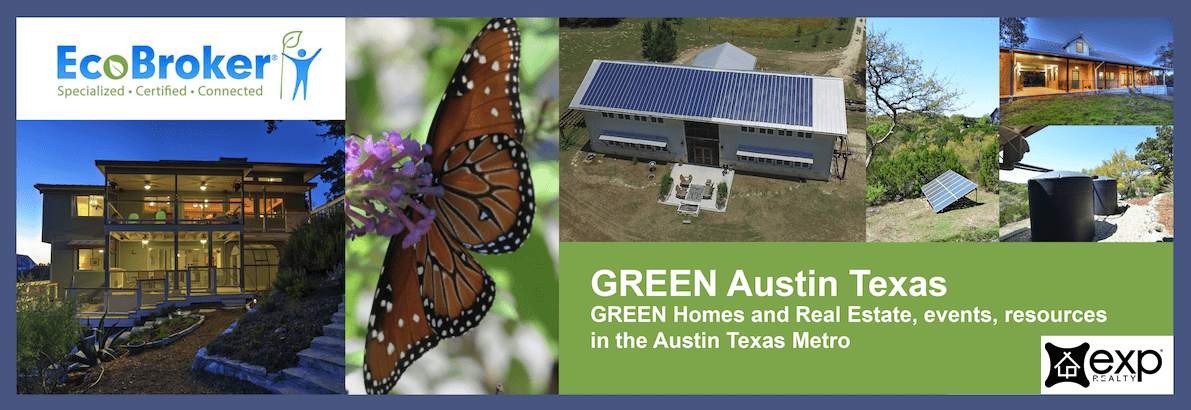Passive home design, what is it? Passive home design is a home building science or approach so that the most energy efficient home can be built. Passive design works by taking careful consideration of the home’s site and orientation, the local climate where the home is being built and the materials used in building the home. A passive home design in Central Texas, where cooling in the summer is the biggest challenge will be quite different from a passive home design for Michigan or the Dakotas where harsh winters are the norm. Although the Energy Star designation is certainly good, a home built with a passive home principals is much, much better! Mother Earth News reports that “a certified Passive House will use an estimated 90 to 95 percent less energy for heating and cooling and 60 to 70 percent less overall energy than a typical code-built home.” The Passivhaus performance metric originated in Darmstadt, Germany where the original Passivhaus was built and the Passivhaus Institut (PHI) has its headquarters. The Passive House Institute of the United States or PHIUS came up with a new standard or metric for Passive Home design in the US in 2015 which is climate specific for different areas and weather extremes of the United States. The Passive House Alliance Austin or PHAUS helps to advocate for the PHIUS 2015 standard in the Austin Texas area.
Insulation and Air Sealing
Superinsulation and an airtight home envelope are used in Passive Home Design. This must be done in such a way that indoor moisture and humidity are kept at a minimum. This makes a passive home super comfortable, not drafty, but with great ventilation for healthy indoor air quality or IAQ.
Windows
High performance windows are a major piece of Passive House design because fenestrations can be a major area of energy loss and unwanted heat gain. Solar gain can be managed by the proper sizing and type of windows as well as window shading design such as awnings and overhangs.
Heating Ventilation and Cooling Systems
Peak summer and winter conditions must be analyzed to determine the best heating and cooling system to use for the highest level of comfort, energy efficiency and indoor air quality for the home’s occupants. The best passive home designs will have the most comfort from minimal energy consumption.
I can help you buy, build or sell a well designed Passive Home. Call or text Betty Saenz EcoBroker at 512-785-5050 or contact Betty Saenz by e-mail
I am currently marketing 133 Arbuckle Road – Elgin Texas 78621, a passive design home on 8 acres.
8500 Oveta – Jonestown Texas 78645 and 16401 Big Oak Circle – Leander Texas 78641 are two passive design homes I recently sold.
